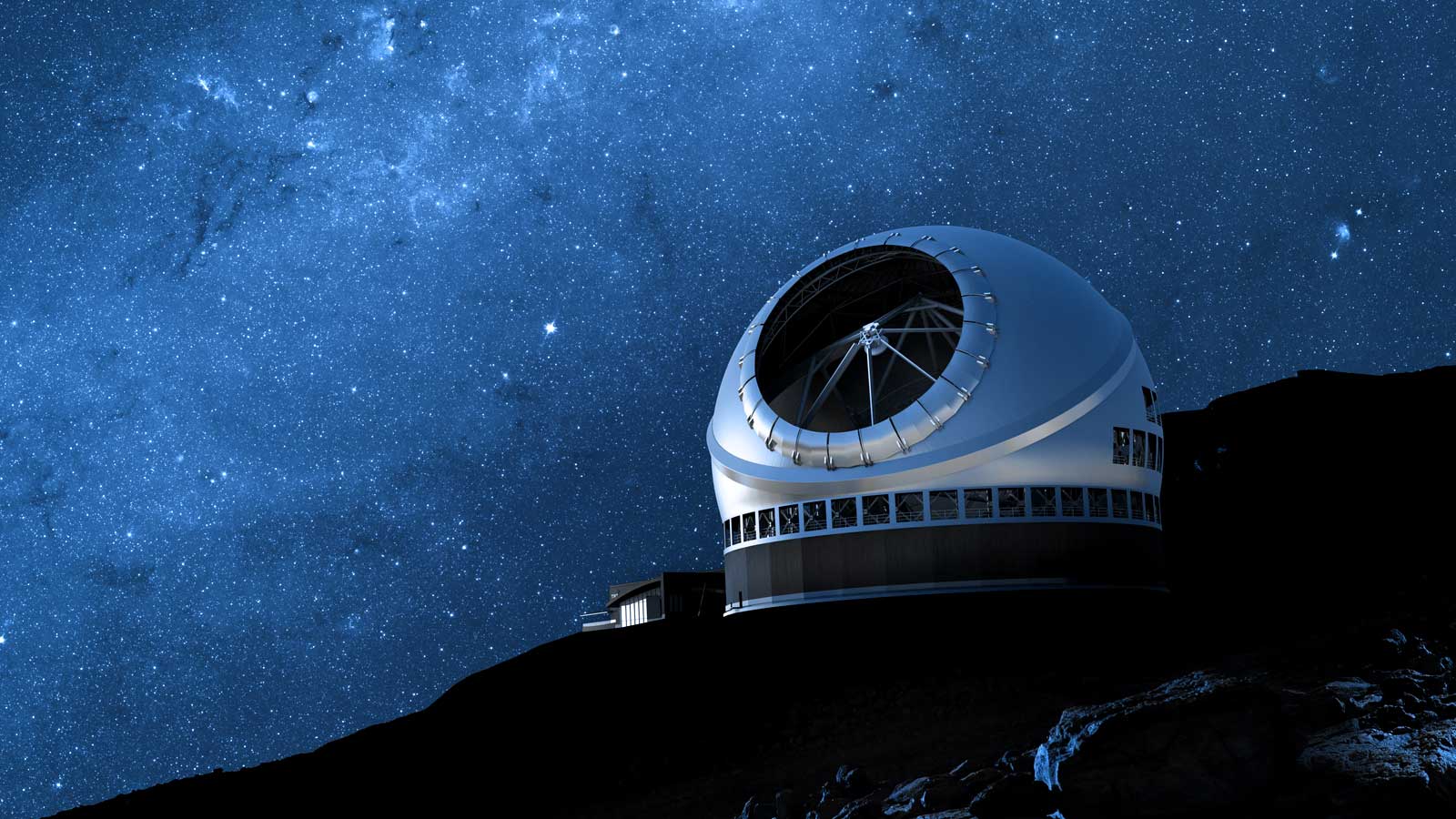
Mrs Rajalakshmi Narayanan and Chhaya Yadav are both working on the TMT software team in India.
One of the things I’ve enjoyed most about working on TMT has been the opportunity to do educational outreach at local schools. For example, over the past few weeks I’ve been teaching astrobiology at an elementary school. So, I’m always on the lookout for interesting and novel education materials to help convey the excitement of astronomy to the next generation.
Our colleagues in India are making the mechanical supports for the segments of the primary mirror. What are the key requirements of each segment support assembly (SSA)? As described elsewhere on this blog, the glass segments have to be positioned very precisely relative to each other, and also supported in a way that doesn't generate stress and deformation at the attachment points.
ਬੰਗਲੌਰ, ਇੰਡੀਆ ਇੰਸਟੀਚਿਊਟ ਆਫ਼ ਐਸਟ੍ਰੋਫਿਜ਼ਿਕਸ ਵਿਖੇ ਇੰਡੀਆ TMT ਕੋਆਰਡੀਨੇਸ਼ਨ ਸੈਂਟਰ (ਆਈਟੀਸੀਸੀ) ਤੋਂ ਰਾਜਲਕਸ਼ਮੀ ਨਾਰਾਇਣਨ ਨਾਲ ਵੀਡੀਓ ਇੰਟਰਵਿਊ ਰਾਜਲਕਸ਼ਮੀ ਦੀ ਟੀਮ ਦਾ ਟੀਚਾ ਸਾਰੇ TMT ਆਬਜ਼ਰਵੇਟਰੀ ਪ੍ਰਣਾਲੀਆਂ ਲਈ ਸਾਂਝੇ ਸੌਫਟਵਅੇ ਰ ਨੰ ਵਿਕਸਤ ਕਰਨਾ ਅਤੇ ਟੈਸਟ ਕਰਨਾ ਹੈ।
TMTのラビンダー・バーティア(Ravinder Bhatia)副プロジェクトマネジャーが国立天文台の林左絵子准教授をインタビューしました。英語版では2人が向かい合って話していますが、日本語版ではそのやりとりの内容に合わせて、林が話しています。いずれもパンデミック前の録画のため、特段の感染症対策を要しなかった時期のものです。
Last month, I talked with the India-TMT Optics team and one of their industrial partners, Optica. We discussed their work for TMT’s primary mirror, for which India is providing 84 of the 492 pieces of polished glass ceramic.
Meet the team behind TMT - Associate Professor Saeko Hayashi
In a previous set of blog entries, we discussed the principle of adaptive optics, which TMT will use to remove the effects of turbulence in the Earth's atmosphere. TMT's first light adaptive optics includes the Narrow Field Infra-Red Adaptive Optics System (NFIRAOS), which is being designed and built by our Canadian colleagues at the Herzberg Astronomy and Astrophysics Research Centre, in Victoria.
Meet the TMT Team - Professor A.N. Ramaprakash (Ram)
Meet the TMT team with a new interview in our blog. Before the pandemic we met with Caty Pilachowski, Professor of Astronomy, who has held several leadership positions in the astronomical community. She has been active in research on the evolution of stars, large telescope design and construction, women in science and much more.
Displaying posts 1 - 10 of 44 in total